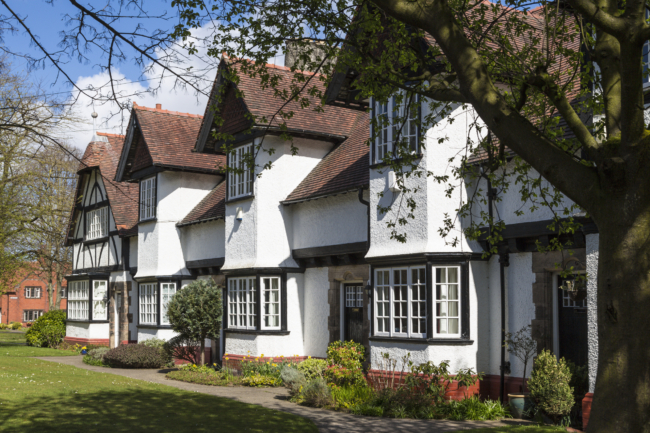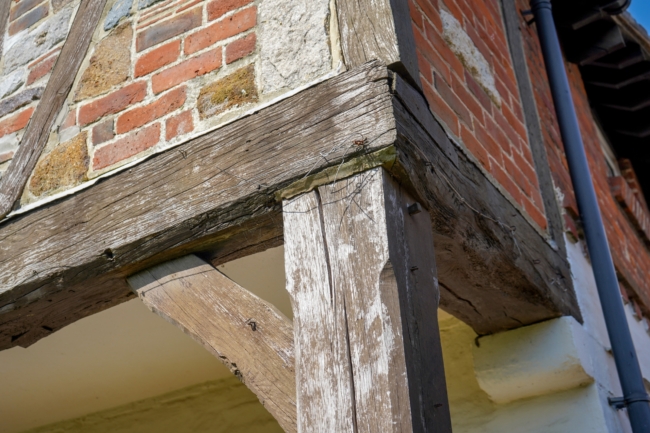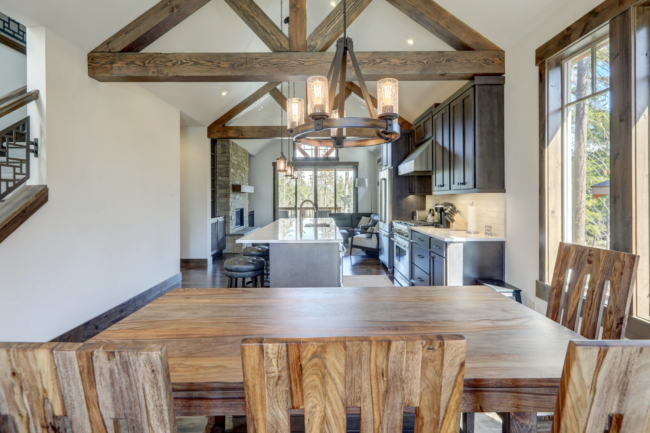
In this article, we invite you on a journey to explore some of the most beautiful listed buildings in England.
If you currently own or are thinking about buying a listed building, you’ll no doubt be aware of the impact the listed status can have on upkeep and maintenance costs. You may also be aware that many mainstream home insurance companies do not provide cover for listed properties, meaning you’re likely to require specialist listed buildings insurance cover for the property.
A specialist home insurance policy for a listed building will often cost more than a policy for a standard home. This article examines how a listed building’s features can impact the cost of your home insurance.
Insurers consider the grade or ‘category’ of a listed building when calculating premiums. Knowing your building’s category is crucial for accurate quotes.
In England and Wales listed buildings have three grades: Grade II for buildings of special interest, Grade II* for buildings with more than special interest, and Grade I for those of exceptional interest. 91.7% of all listed buildings are Grade II according to the records held by Historic England.
Scotland and Northern Ireland categorise listed buildings differently than England and Wales. In Scotland, properties receive Category A, B, or C status, while in Northern Ireland, they are designated as Grade A, B, B+, B1, or B2. Each grade or category again denotes the level of architectural or historic interest in the property.
Generally, the greater the level of architectural or historic interest in the listed building, the higher the number and extent of restrictions placed on it for maintenance, repair or alteration works. These restrictions significantly influence the materials used in development or repair work, limit building methods, and necessitate specialised expert craftsmen.
Crucially, the requirements can greatly raise the cost of materials and labour for repairs. This, in turn, increases what insurers pay out in claims. Higher architectural interest in listed grades often leads to more expensive claims. Consequently, insurers typically raise their premiums for these properties.
Not sure what grade your listed building is? Head over to Historic England to search for your property.
It stands to reason that the older the property is, the more time and money will be required to maintain, repair or rebuild it. If your listed building has an unusual or ‘non-standard’ construction type the repair and rebuild costs will always exceed those for a standard property with brick walls and a tiled roof.
Take a Tudor property for example. Likely constructed with wattle and daub on a timber frame, this ancient method involved covering a network of interwoven twigs or sticks with mud, clay, animal dung, and straw.
Now, consider a Victorian property, which might also be listed and typically features construction from bricks and mortar. There will still be some specialist requirements in terms of the building methods and style, but the Victorian property would likely be cheaper and easier to work on than the Tudor property.
Repairing properties of special interest often takes longer. This delay is due to sourcing specific materials and skilled workmanship. Inspections during the process also ensure materials and work quality meet standards.
The age of the property can also determine the type of heating, insulation and plumbing systems that are functioning in your listed building. Although these days it is unusual for a listed property not to have undergone some form of modernisation to allow for improved heating and sanitary needs, there may still be elements of the older systems to consider when carrying out repairs or maintenance. That can carry heavier costs than repairing or replacing modern systems. For example, there could be an increased chance of old pipework leaking and therefore causing more damage.
Research will reveal that insurance for older listed buildings generally costs more. With very old properties, fewer insurers are less likely to quote, limiting your options.
As with all buildings, listed properties will vary in value. However, it is not the market value of the property that affects how much you pay for listed building insurance, it is the cost to rebuild. The rebuild cost defines the extent of the financial risk the insurer is taking on. Don’t confuse the rebuild cost with the market value of the property. The market value of a listed property can be significantly lower than the amount it would cost to rebuild it.
“…if disaster does happen to your property, you will be required BY LAW to reinstate with traditional materials and methods that match the original regardless of cost”
Ensure you obtain an accurate valuation for the rebuild cost when needed. Consult a Chartered Surveyor or a professional organisation specialising in historic and listed buildings. If disaster strikes your property, you will be required by law to reinstate using traditional materials and methods that match the original, regardless of cost. Always ensure adequate insurance coverage for your listed property’s rebuild cost. Underestimating can lead to financial strain if you need extensive repairs. Insurers often only cover a claim’s portion up to the insured sum for underinsured properties. In severe cases of underinsurance, they may even refuse the claim.
Home insurance premiums are determined by many different factors. So what else contributes to the premiums you pay? The following factors can influence any type of home insurance and include, but are not limited to:
So in summary, the amount you will pay for your listed building home insurance will depend on many of these factors, as well as those specific to your listed building. To recap insurers will need to know the grade of listing, the age and type of construction and an ACCURATE rebuild cost.
Intelligent Insurance provide specialist listed building insurance cover. We have the experience and specialist knowledge to offer an instant online quote in most cases. If you have any questions, our skilled advisors are ready to offer their advice.
Request an online quote or contact the team on 03333 11 11 10.

In this article, we invite you on a journey to explore some of the most beautiful listed buildings in England.

A property often achieves listed status because of its age, rarity, aesthetic appeal, or as one of the few remaining examples of its kind.

This article explores the key factors you should understand and consider before buying a listed property.